

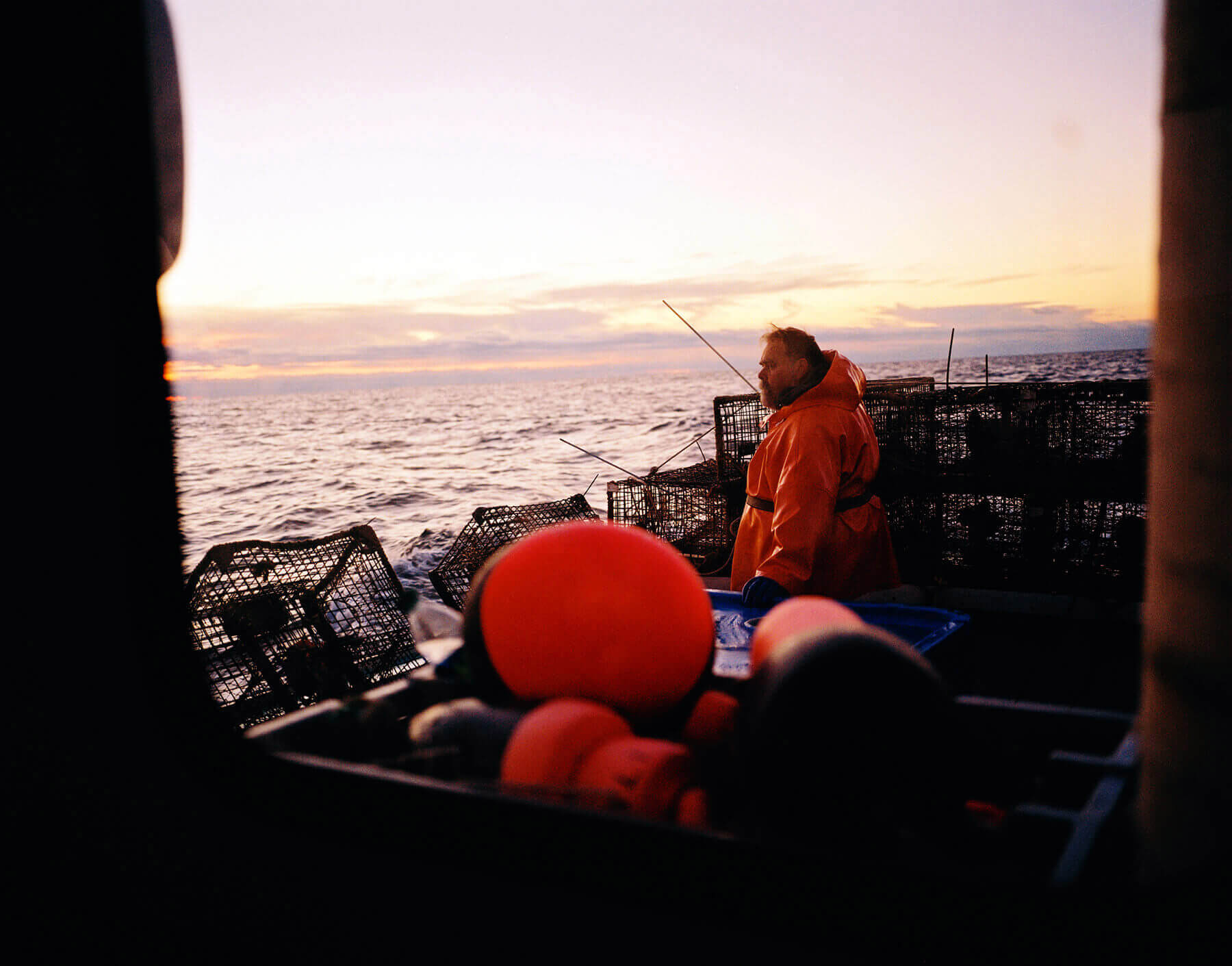





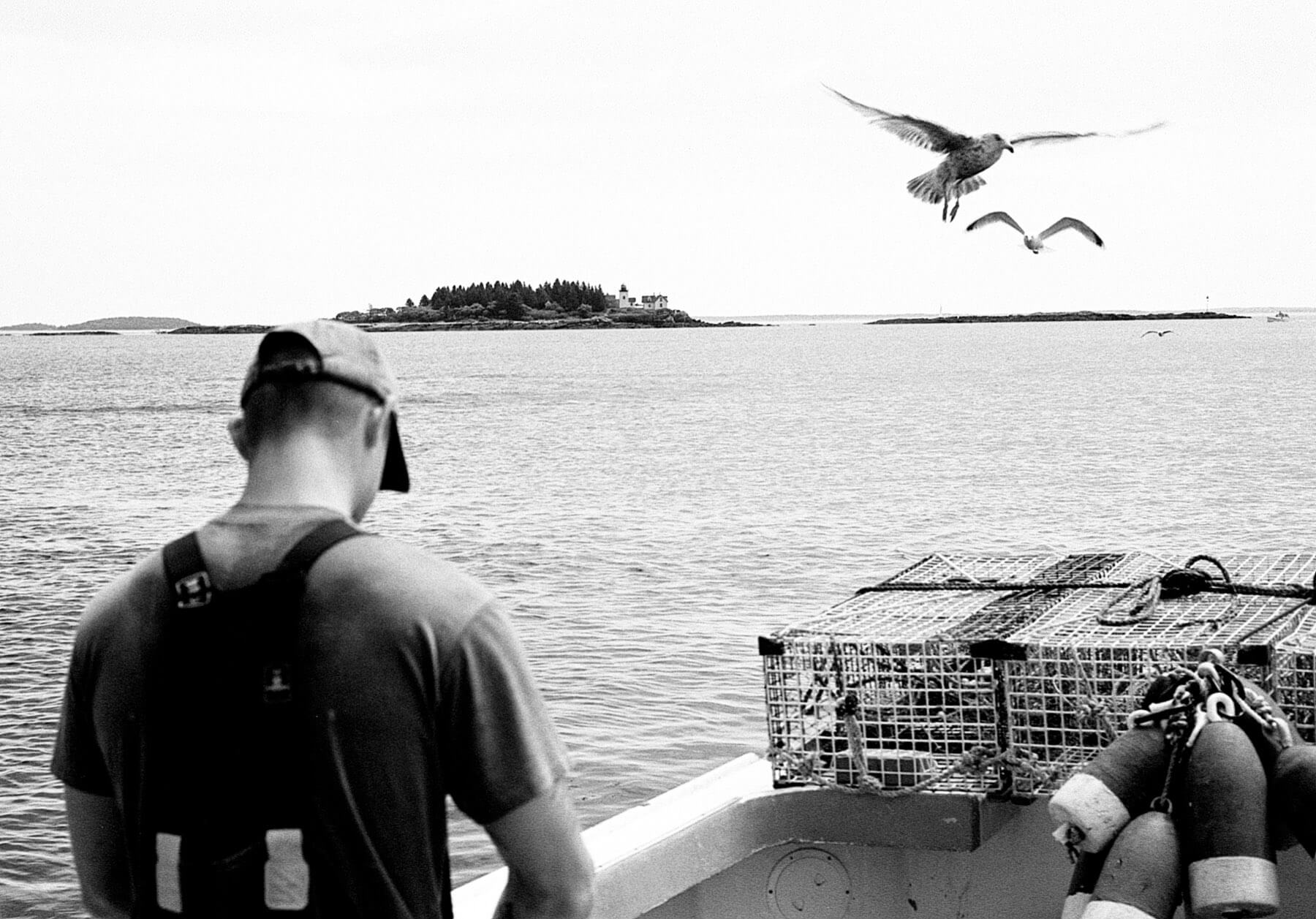

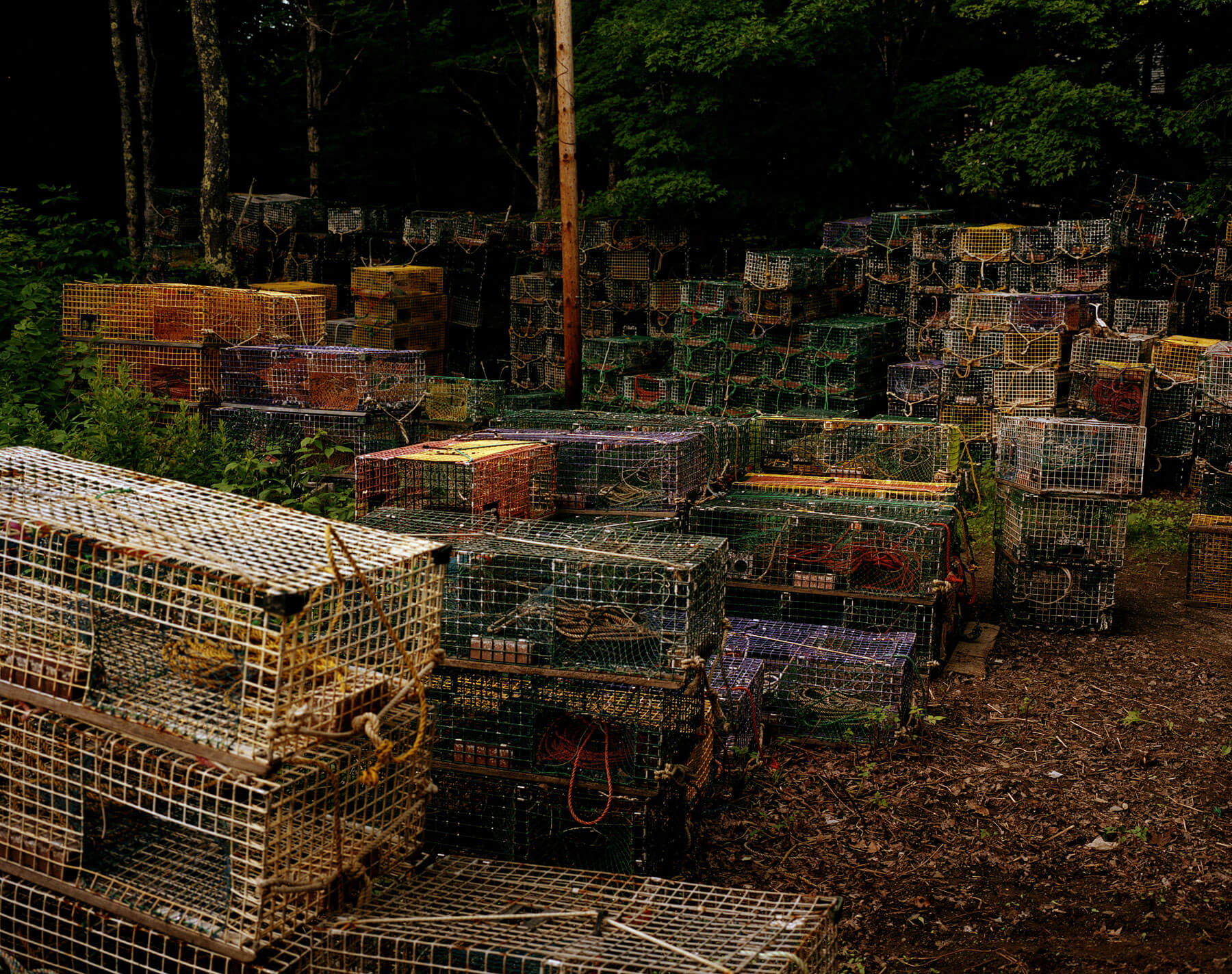


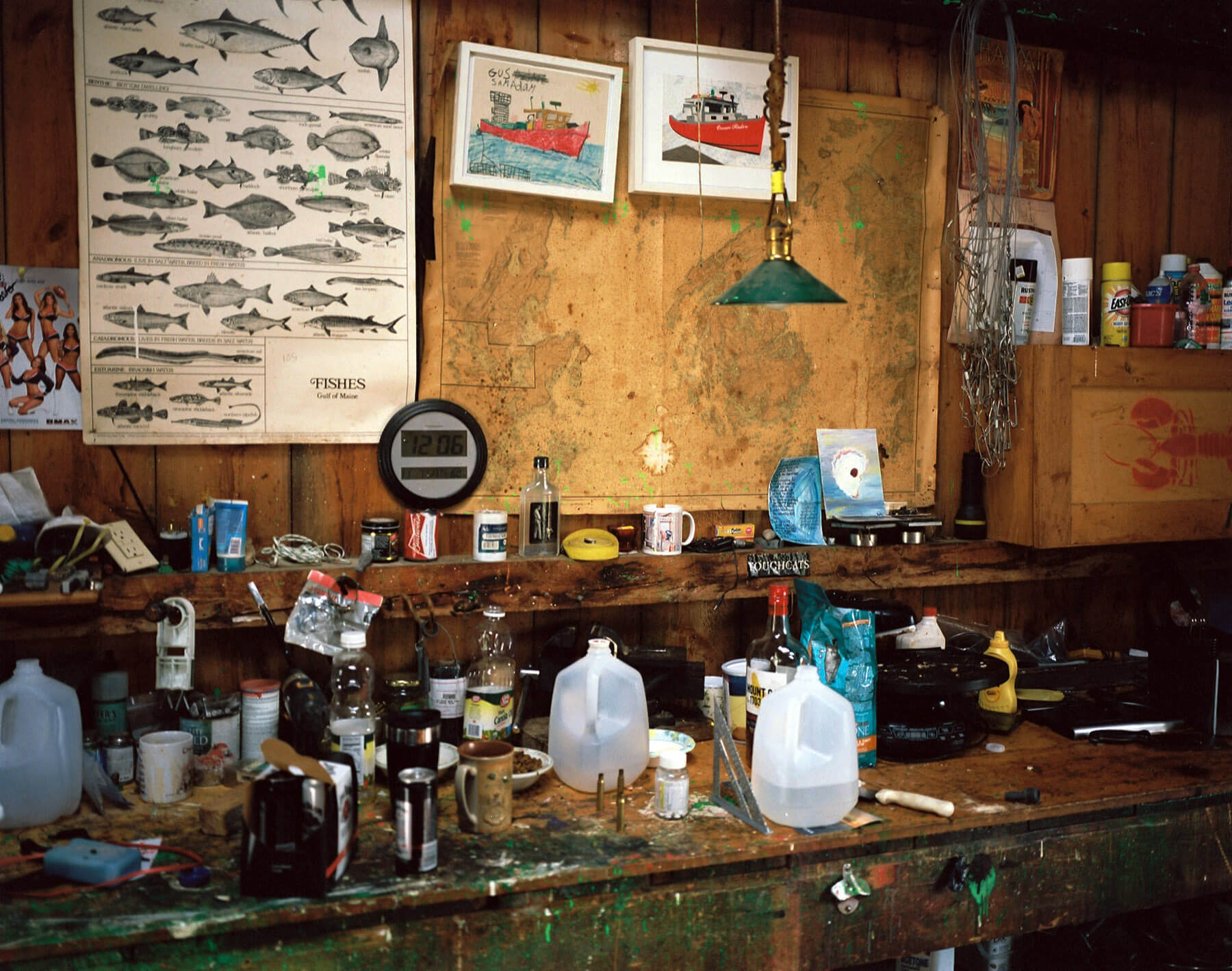


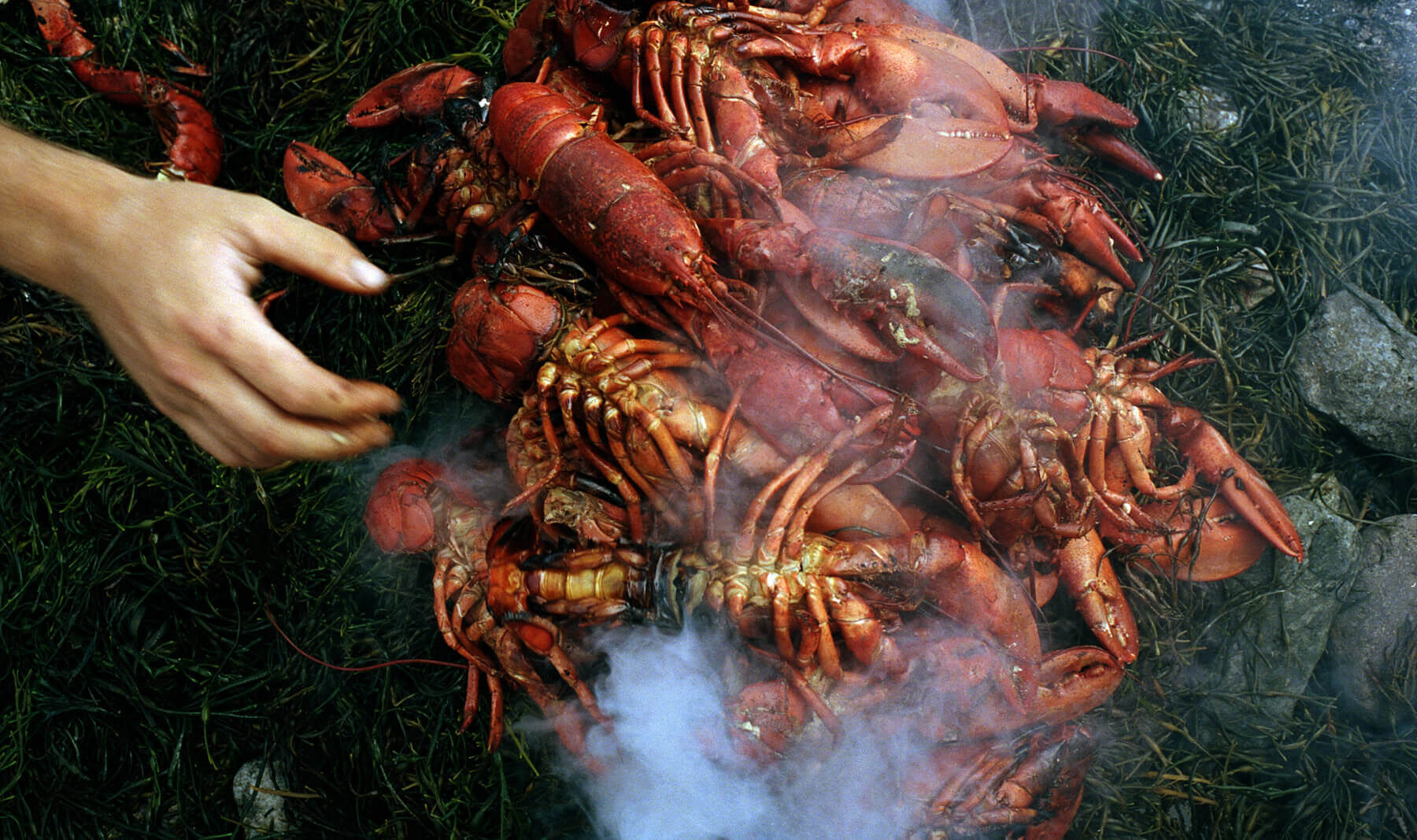

Your Custom Text Here
For The Collective Quarterly
On the water with the men and women who hunt Homarus americanus
For the fishermen of Stonington, lobster fishing has become exactly that. But it didn’t always used to be this way. A fusion of the Old English word loppe (spider) and the Latin locusta (you guessed it: locust), the creepy-crawly insects of the sea were once considered to be unfit for human consumption. And it probably didn’t help that the creatures were long thought to be immortal if not for predators.
When the Europeans arrived in what is now Maine, they noted that the crustaceans washed ashore in piles 2 feet tall. The sea bugs were so ubiquitous and disgusting that early settlers used them as crop fertilizer. As recently as the 1800s, lobster was fed to prisoners and indentured servants so often that the latter began to stipulate in their contracts that they didn’t have to eat the atrocity more than twice a week. By the 1900s, lobster could be found canned in the supermarket and was nearly five times cheaper per pound than baked beans. It was a perfect candidate for cat food. Contrast that to the modern era, where lobster tails now go for upwards of $27.98 a pound on a given day in Chicago.
Opinions differ as to why lobster became so popular; it could have been the crustaceans’ eventual scarcity or the discovery that they taste better when they’re cooked alive and at lighter weights. And their reputation was undoubtedly bolstered by the advent of the railroad, which offered the ability to export them to landlocked states, where folks were unaware of the bugs’ baggage.
Excerpt from story by Seth J. Putnam
For The Collective Quarterly
On the water with the men and women who hunt Homarus americanus
For the fishermen of Stonington, lobster fishing has become exactly that. But it didn’t always used to be this way. A fusion of the Old English word loppe (spider) and the Latin locusta (you guessed it: locust), the creepy-crawly insects of the sea were once considered to be unfit for human consumption. And it probably didn’t help that the creatures were long thought to be immortal if not for predators.
When the Europeans arrived in what is now Maine, they noted that the crustaceans washed ashore in piles 2 feet tall. The sea bugs were so ubiquitous and disgusting that early settlers used them as crop fertilizer. As recently as the 1800s, lobster was fed to prisoners and indentured servants so often that the latter began to stipulate in their contracts that they didn’t have to eat the atrocity more than twice a week. By the 1900s, lobster could be found canned in the supermarket and was nearly five times cheaper per pound than baked beans. It was a perfect candidate for cat food. Contrast that to the modern era, where lobster tails now go for upwards of $27.98 a pound on a given day in Chicago.
Opinions differ as to why lobster became so popular; it could have been the crustaceans’ eventual scarcity or the discovery that they taste better when they’re cooked alive and at lighter weights. And their reputation was undoubtedly bolstered by the advent of the railroad, which offered the ability to export them to landlocked states, where folks were unaware of the bugs’ baggage.
Excerpt from story by Seth J. Putnam